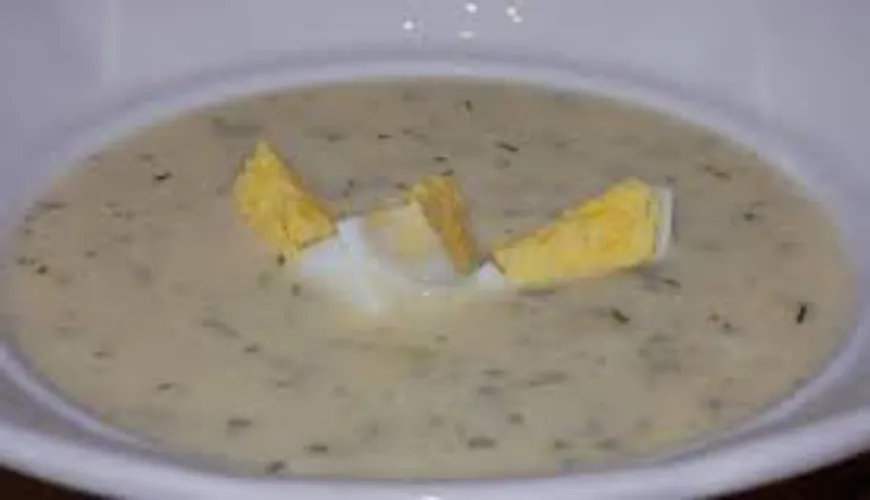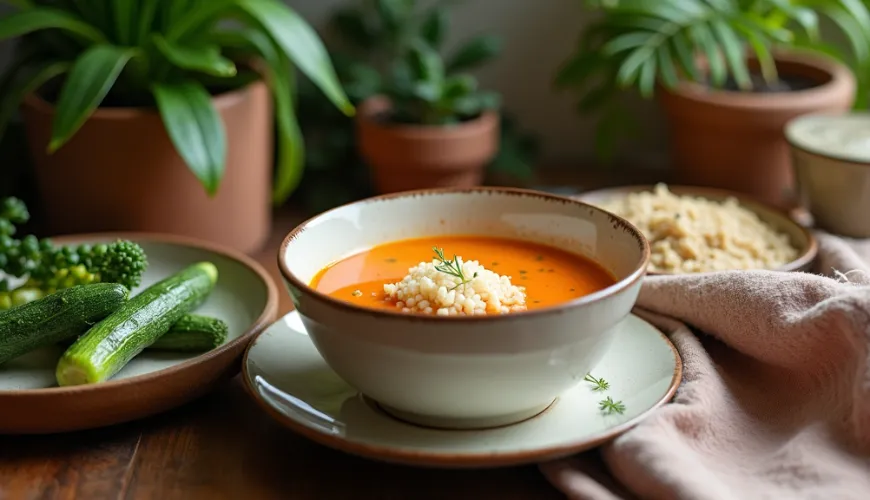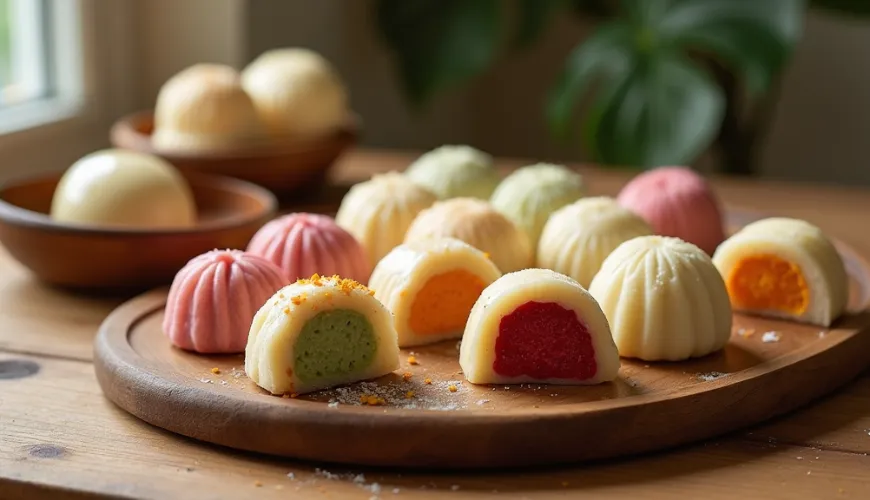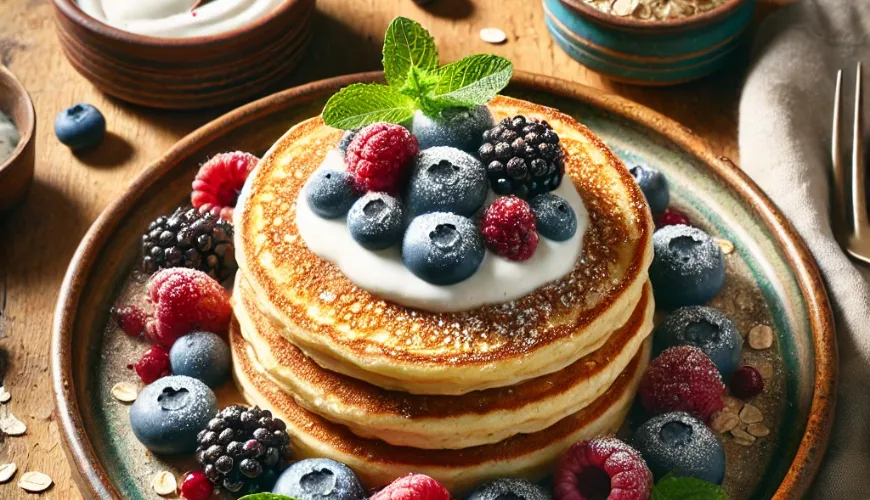
How to Properly Adjust Your Diet with Mononucleosis and Feel Better

How to Support Treatment with Proper Diet During Mononucleosis
Infectious mononucleosis, often referred to as the "kissing disease," is not just a simple viral illness with a sore throat and fatigue. Although it is perceived as a common infection among children and young adults, its impact on the body can last for weeks or even months. A key role in recovery is played by an appropriate diet during mononucleosis, which primarily protects the liver and allows the body to regenerate without unnecessary strain.
The liver is one of the main organs affected by the Epstein-Barr virus (EBV) during mononucleosis. Therefore, doctors often mention the so-called liver diet during mononucleosis—a specific diet regimen that limits fats, excludes alcohol, and supports the body's natural detoxification functions. But what does such a diet look like in practice? And what recipes can not only help the patient but also taste good?
Why Do the Liver Need Rest?
Mononucleosis is a viral disease that, although not treated with antibiotics, requires a comprehensive approach. Since the EBV virus often attacks the liver, it can lead to liver inflammation (hepatitis), elevated liver enzymes, and thus limited liver function. The liver filters blood, breaks down toxins, and processes nutrients. Once they are burdened, they need relief—this is where the diet during mononucleosis, sometimes mistakenly called the "mononucleosis diet," with its clear principles comes into play.
Doctors and patients' experiences show that a properly followed liver diet during mononucleosis can significantly shorten the recovery period and reduce the risk of complications. Transitioning to a light, balanced, and gentle diet is not just an optional recommendation—it is the foundation of successful recovery.
What to Eat During Mononucleosis?
Simply put, meals should be easily digestible, low in fat, and rich in nutrients. Regularity, sufficient fluid intake, and avoiding foods that would unnecessarily burden the liver are important.
When dealing with infectious mononucleosis, it is crucial to spare the organism and adjust the diet to not strain the liver while providing necessary nutrients. It is ideal to focus on easily digestible foods—great choices include boiled or steamed vegetables such as carrots, zucchini, or plain potatoes, which are not too aggressive on digestion.
It is also advisable to include lean meats prepared in water or steamed, such as chicken or turkey, or white fish like cod; these provide the body with proteins without unnecessary fat. Rice or potatoes make suitable side dishes, but you can also choose pasta, just without eggs. If you like porridges, great—oat, buckwheat, or rice porridge is both light and nutritious. Dairy products should be milder; thus, cottage cheese, low-fat yogurt, or kefir will serve well.
Fruits are fine, but preferably without the peel—bananas, apples, or pears are ideal, and if possible, briefly cook or bake them to make them gentler on digestion. Some also enjoy legume spreads, tofu, or tempeh, but be careful—only in a very light preparation, without frying or strong spices. And fats don't need to be completely omitted, just don't overdo it—a bit of olive or flaxseed oil can appear, more as a supplement than a main food component. Overall, it's about eating simply, naturally, and with regard to body regeneration.
On the other hand, fried foods, fatty meats, sausages, sweets with fat, chocolate, nuts, salty snacks, and, of course, alcohol are completely unsuitable. During the acute phase of the illness, it is ideal to choose simple, non-aggressive combinations without spices and artificial additives.
An example is the story of fifteen-year-old Aneta, who lost her appetite and suffered from stomach pains after being diagnosed with mononucleosis. Her mother started cooking simple rice soups, apple puree, and vegetable porridges. After a few days, Aneta's condition improved, and she gradually could incorporate proteins and more complex combinations. "Without the dietary change, it would have taken much longer," she says today.
Practical Recipes for Diet During Mononucleosis
Finding tasty yet gentle recipes can be a challenge, but it is certainly not impossible. Many wrongly believe that recipes suitable for infectious mononucleosis are boring and tasteless. The opposite is true—a liver diet can be varied.
1. Carrot Soup with Rice
Ingredients:
2 large carrots, 1/2 cup of rice, water or vegetable broth, a pinch of salt, a drop of olive oil
Procedure:
Chop the carrots into cubes and cook with rice in water or broth for about 20 minutes until everything softens. For a smoother taste, you can puree part of it. Finally, add a drop of olive oil.
2. Steamed Zucchini with Herbs
Ingredients:
2 zucchinis, a teaspoon of olive oil, a pinch of dried thyme
Procedure:
Steam the chopped zucchinis with herbs and a drop of oil in a bit of water. The dish can be served with rice or mashed potatoes.
3. Apple Puree with Buckwheat Porridge
Ingredients:
2 apples, 3 tablespoons of buckwheat groats, water, cinnamon (optional)
Procedure:
Cook the buckwheat until soft. Peel, grate, and briefly cook the apples. Mix with the buckwheat and optionally add a pinch of cinnamon.
Such meals are not only nutritious and gentle but also quick to prepare—and what's more, often enjoyed even by those who do not need to follow any diet.
How Long to Follow the Diet During Mononucleosis?
This question is very common. Even after the acute symptoms subside, liver enzymes often remain elevated for several weeks. The usual duration of a sparing diet is 4 to 6 weeks, but for some patients, doctors recommend following the liver diet for up to three months. If fatigue, nausea, or stomach pain occurs, it is a clear signal to slow down. A gradual return to a regular diet is also important, not a sudden inclusion of heavy meals.
Sensitivity to fatty or spicy foods may persist, so it is advisable to monitor the body's reactions and transition to a regular diet slowly. In this regard, keeping a simple food diary helps reveal what the specific organism can handle.
What Else Can Help Besides Diet?
In addition to food itself, sufficient rest, limiting physical exertion, and supporting immunity play roles. Suitable herbs (e.g., milk thistle, which supports liver regeneration), adequate vitamin C (e.g., from sea buckthorn), and also probiotics, which help restore gut flora balance, are beneficial. Everything, however, should be consulted with a doctor—especially in children and adolescents.
The psychological aspect is also significant. Mononucleosis often occurs during periods of stress, overload, or disrupted sleep patterns. Slowing down, quality sleep, and conscious care of the body and mind may be just the change the body needed.
As a Norwegian proverb says: “Health is not everything, but without health, everything is nothing." And the diet during mononucleosis may be the key step towards regaining health—if given enough care.
While the liver diet during mononucleosis may seem restrictive at first glance, it is actually a return to simplicity, naturalness, and listening to one's own body. These values are also typical for a sustainable and healthy lifestyle, whose principles are the foundation of many ecological approaches—whether it's about food selection, cooking, or health care.

